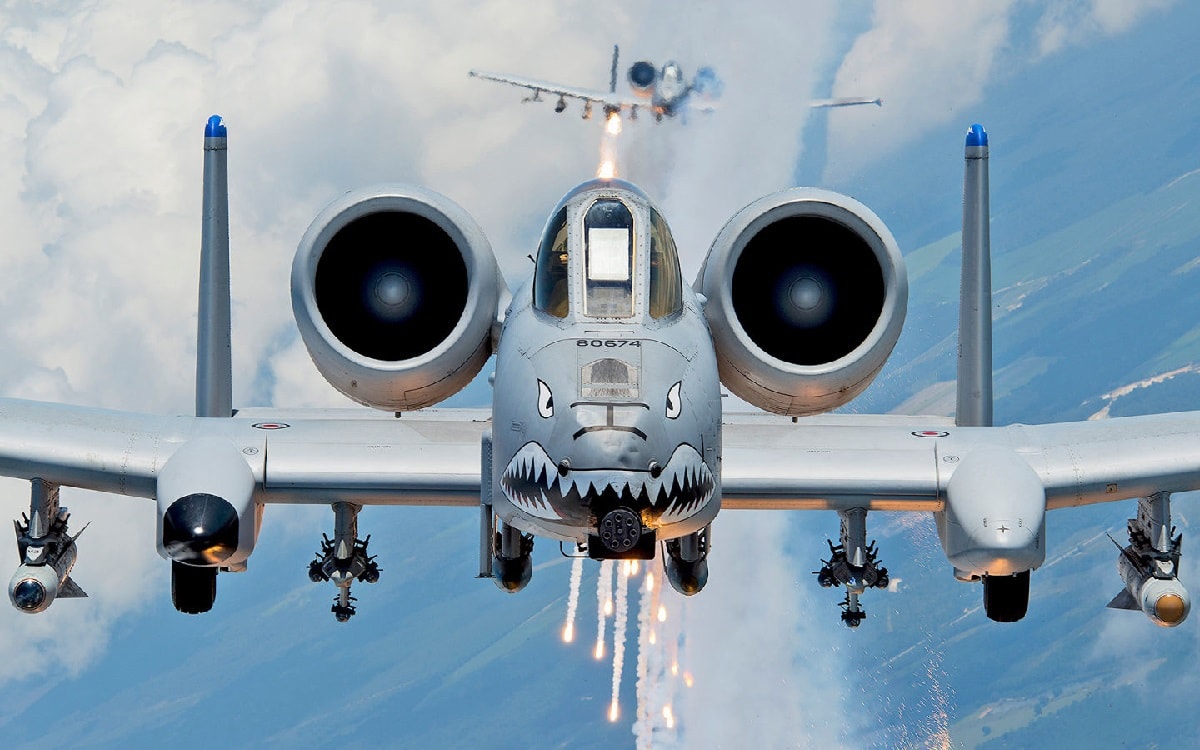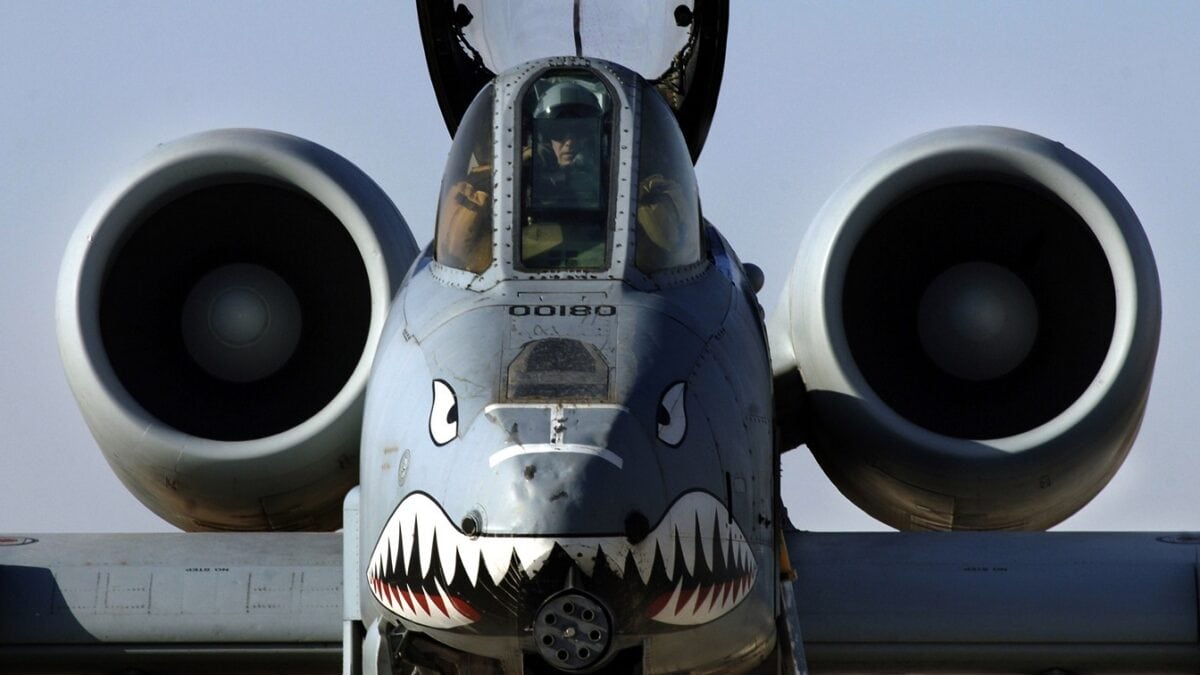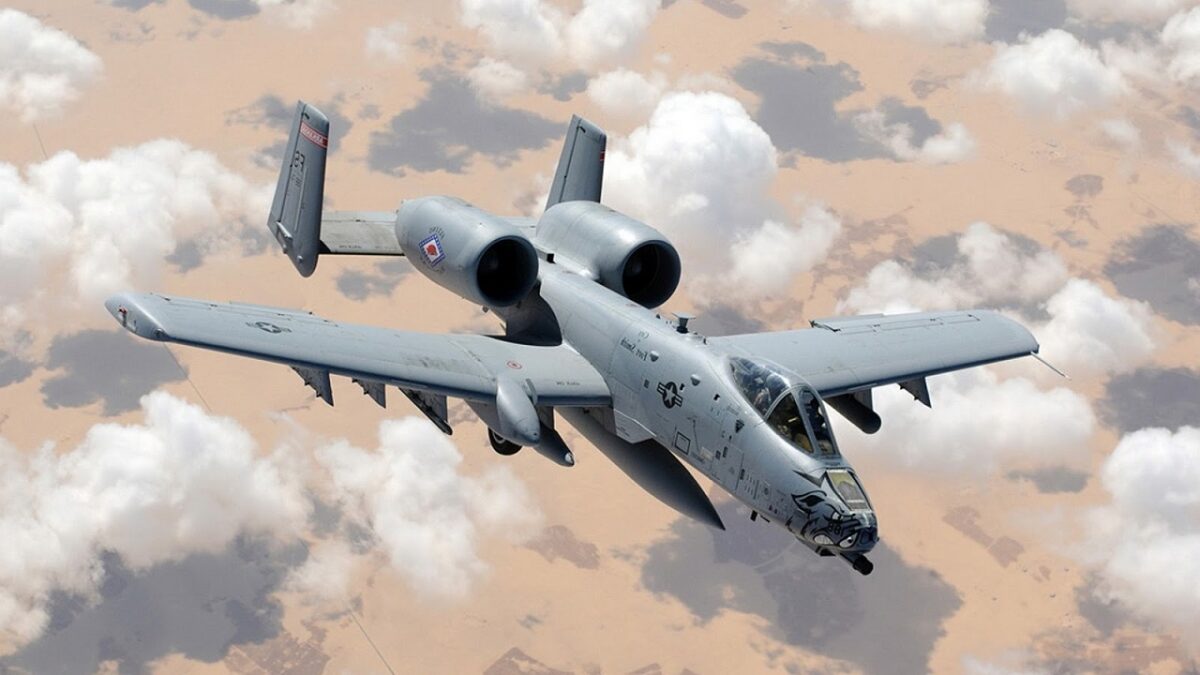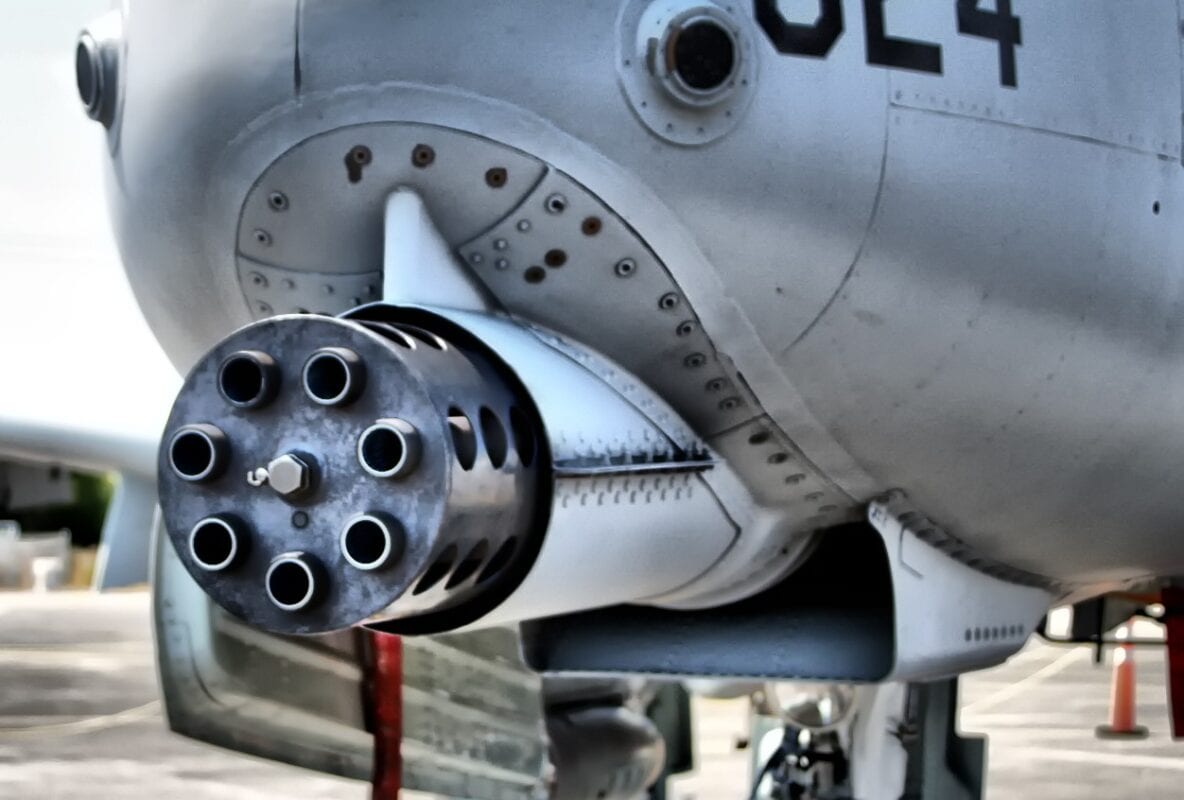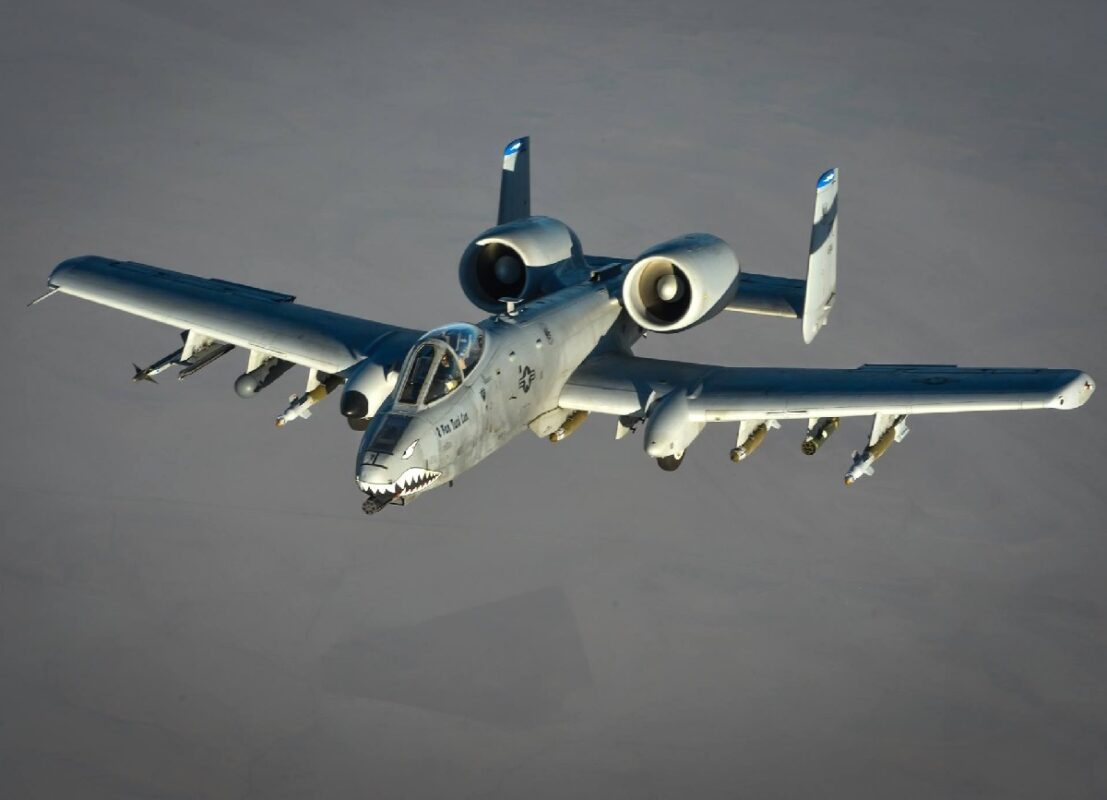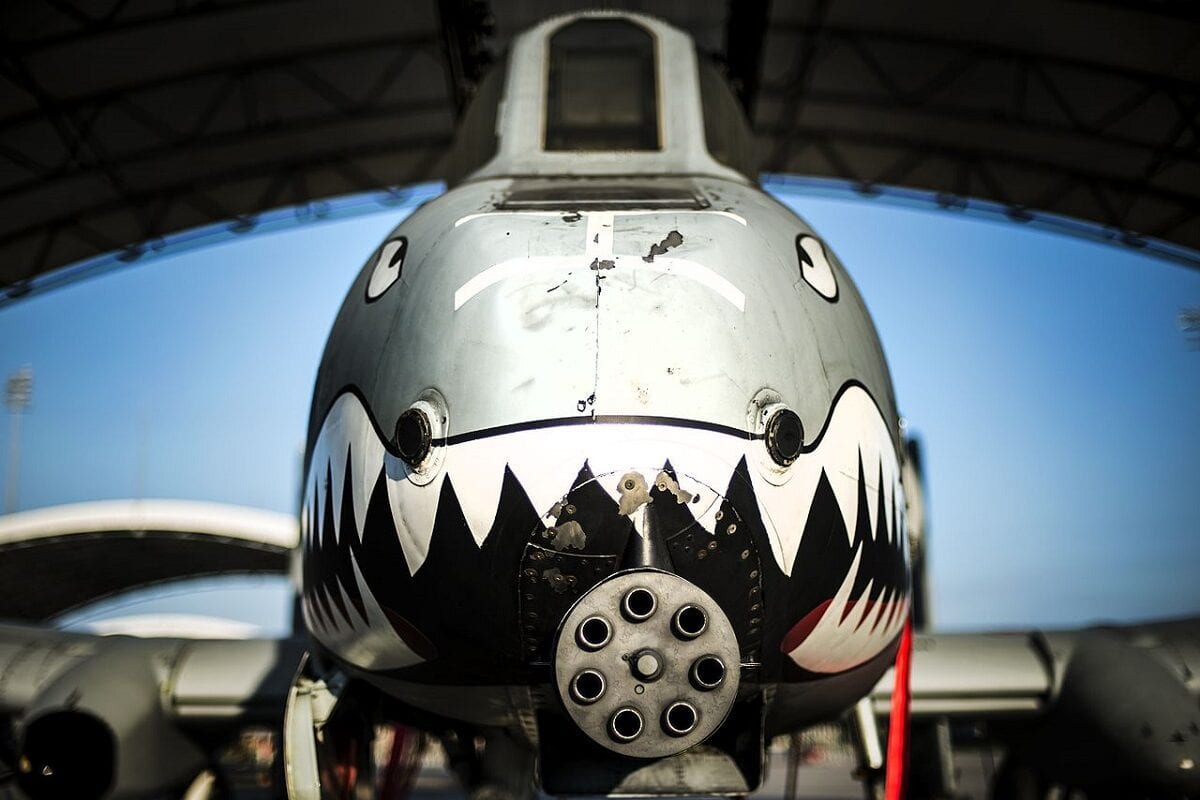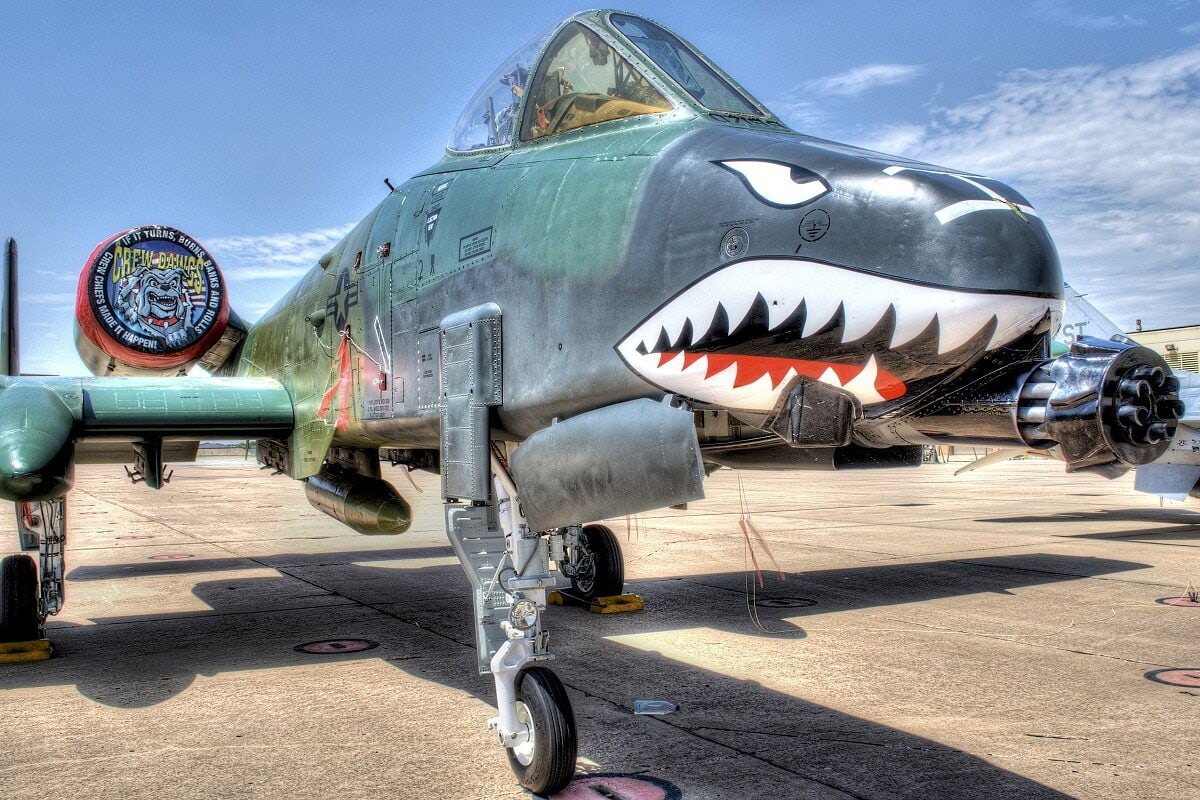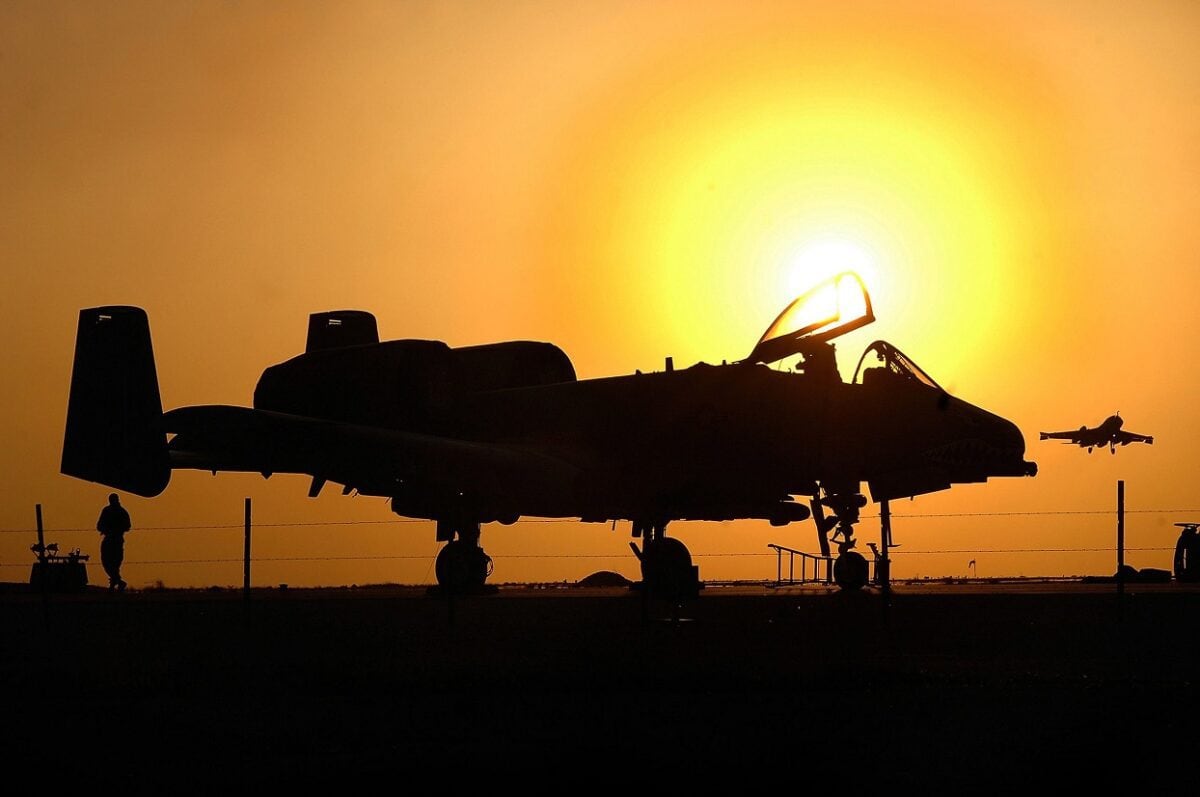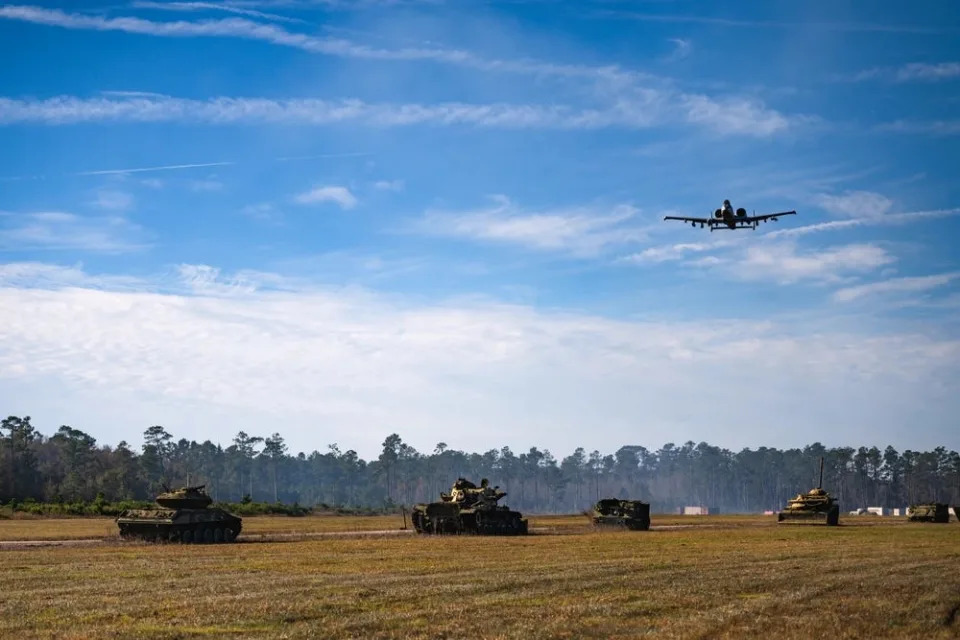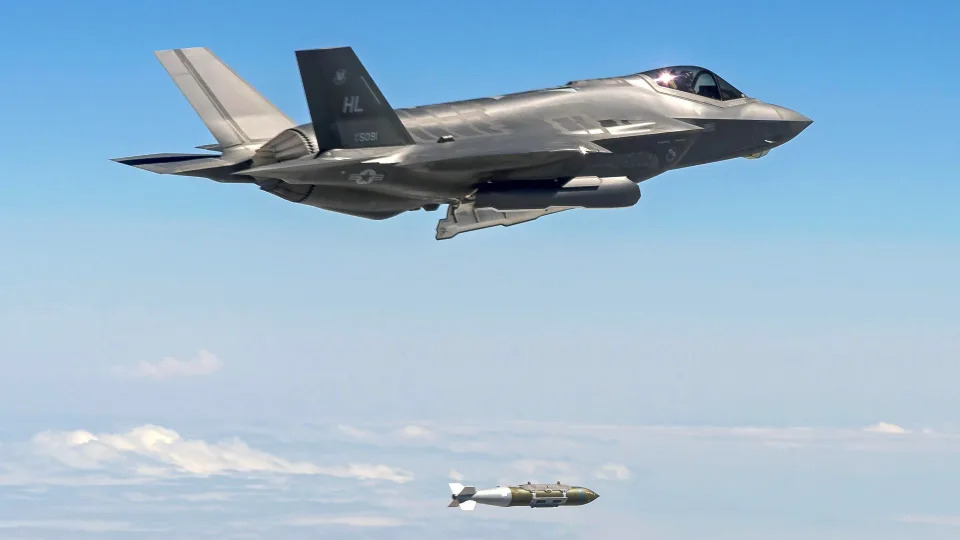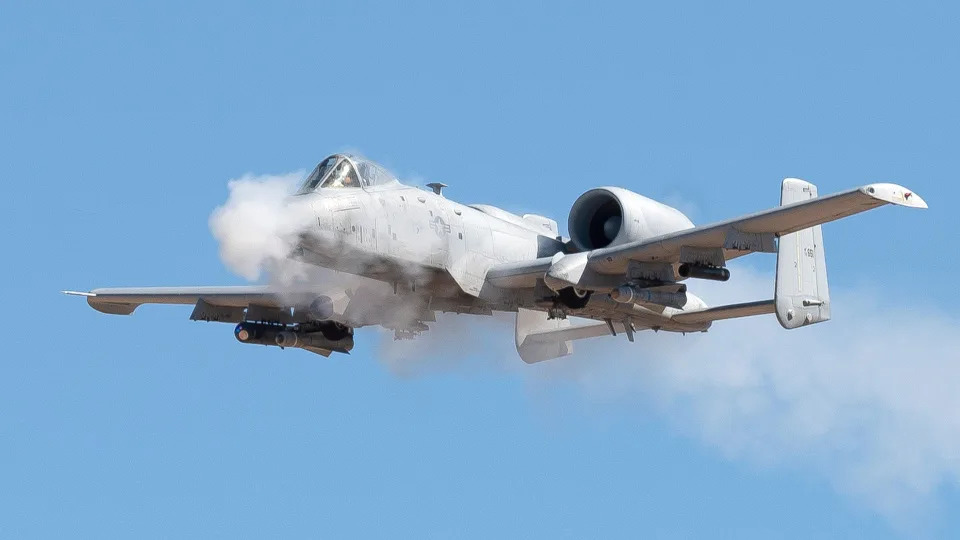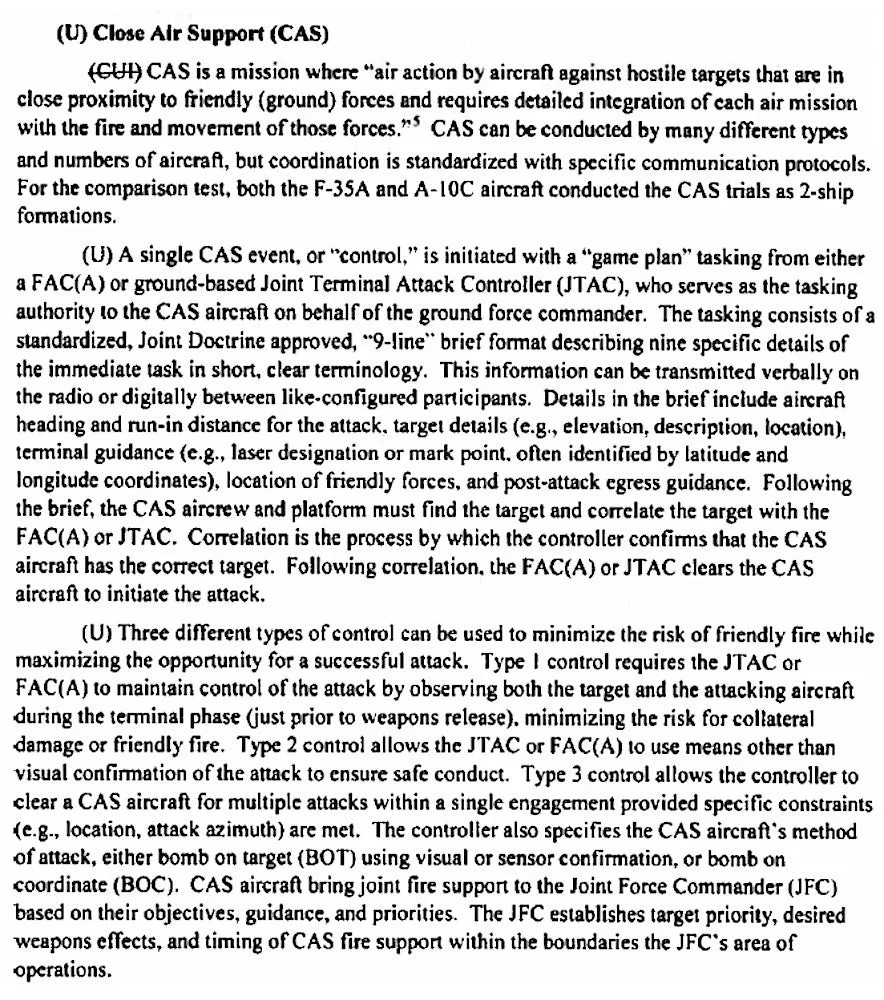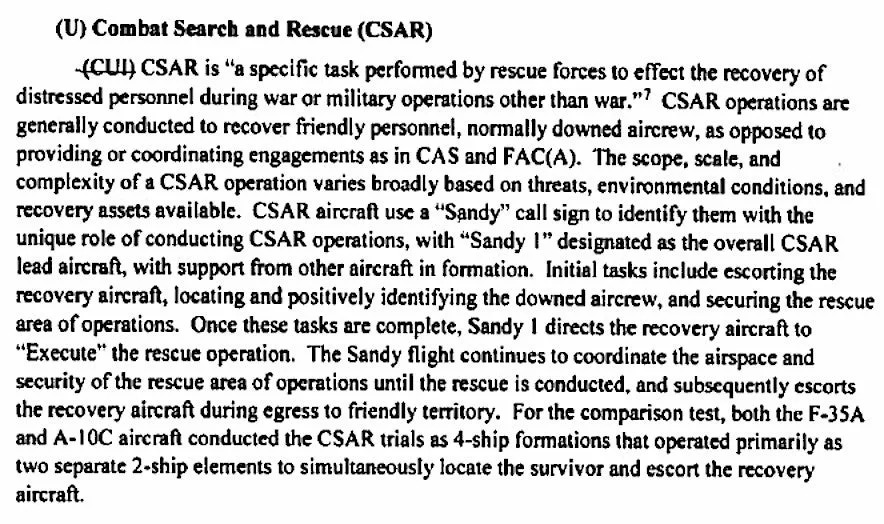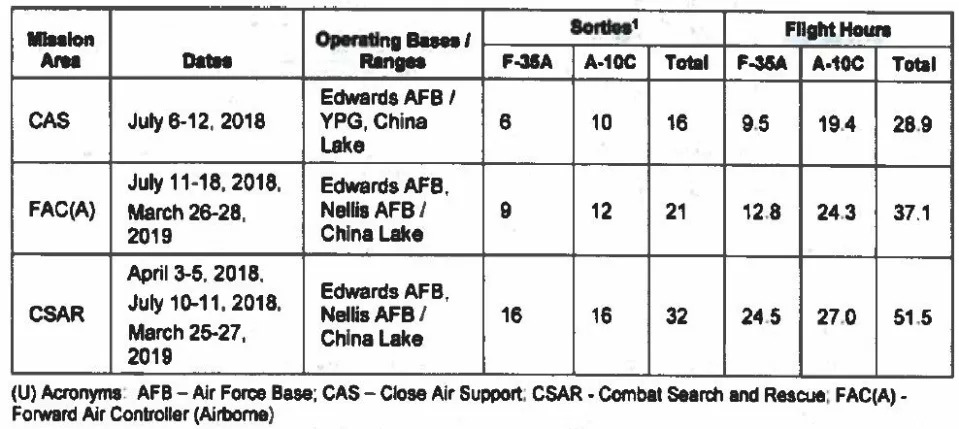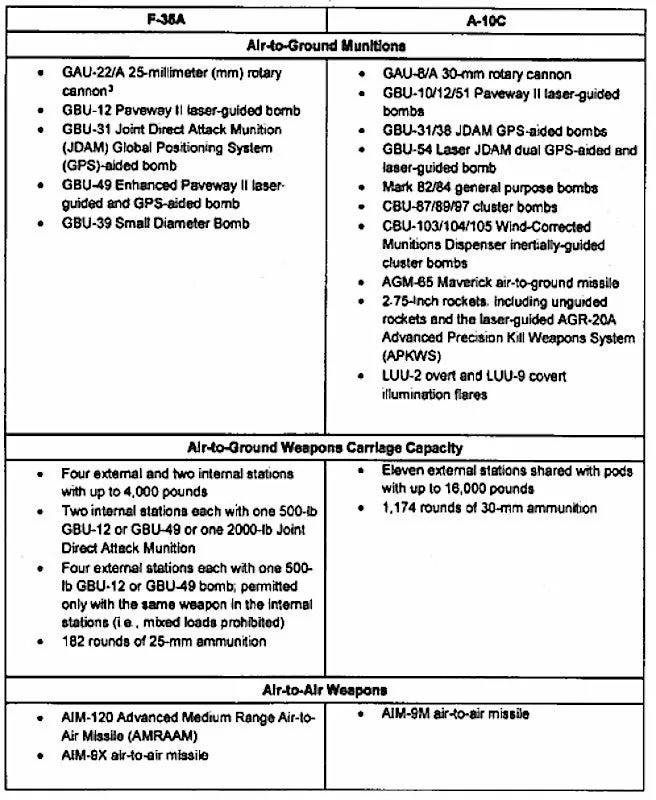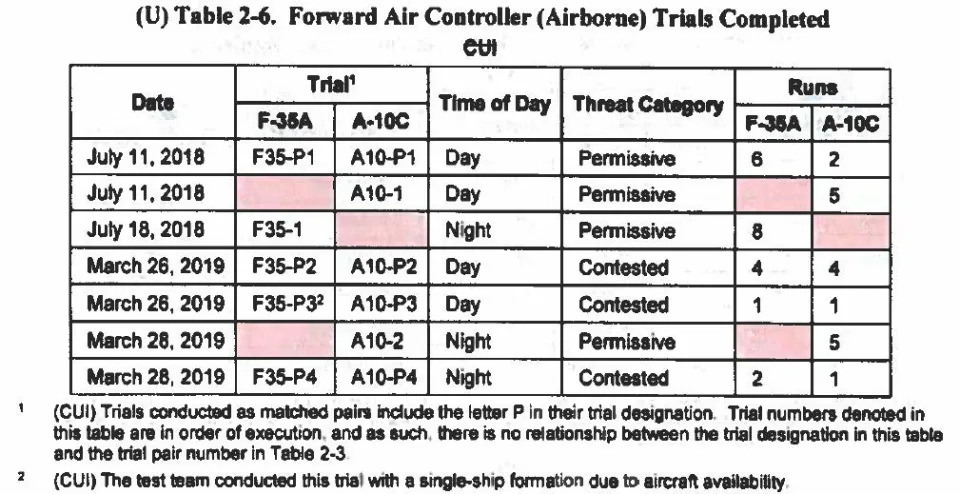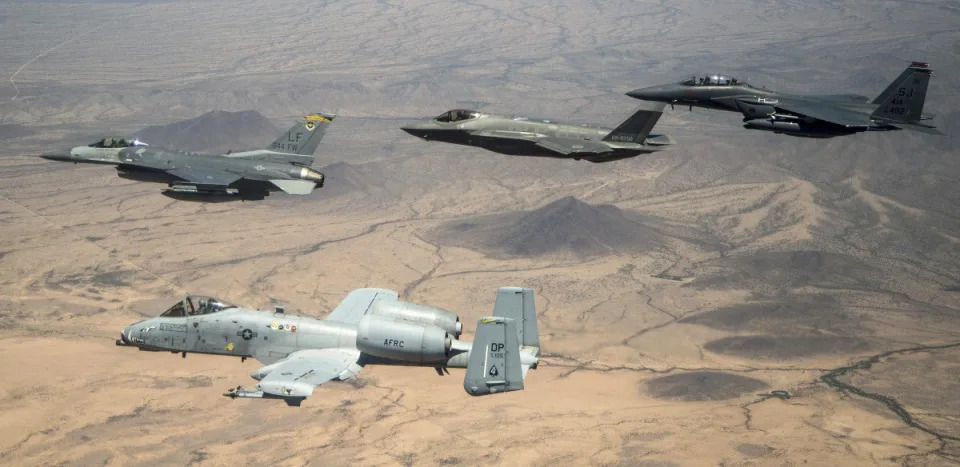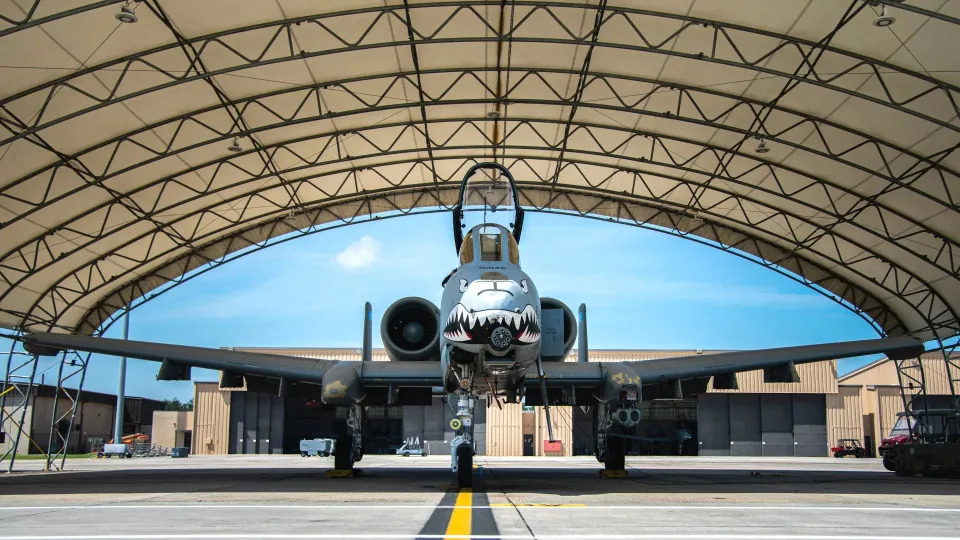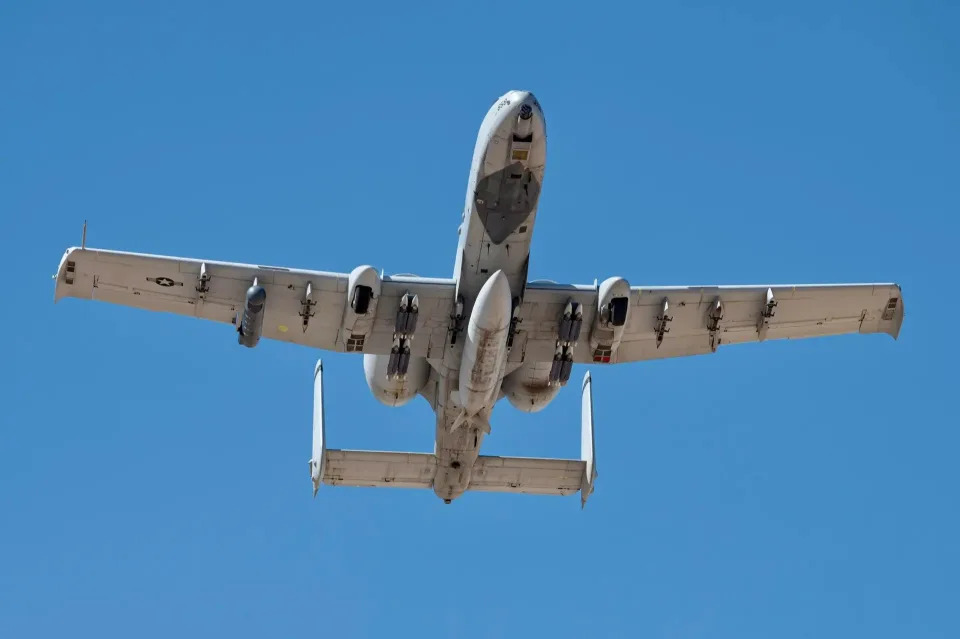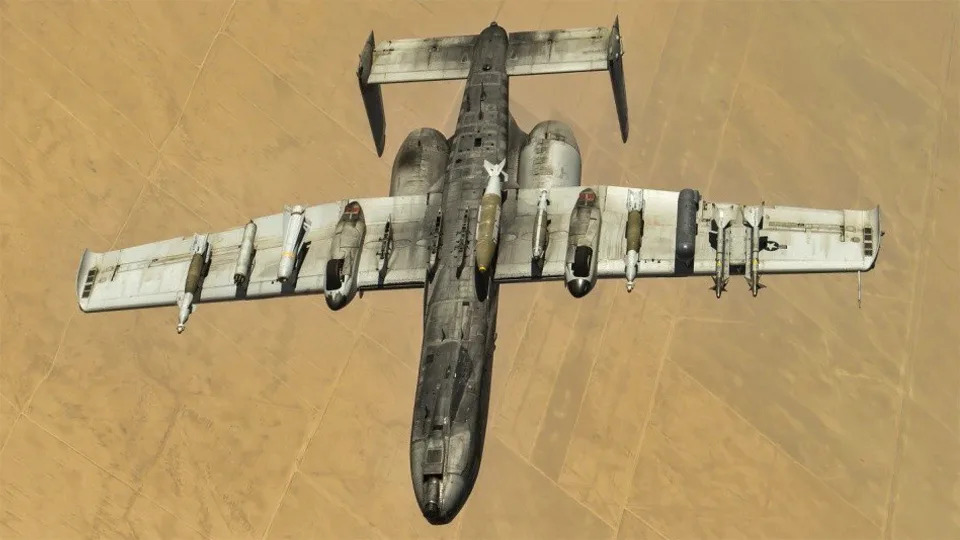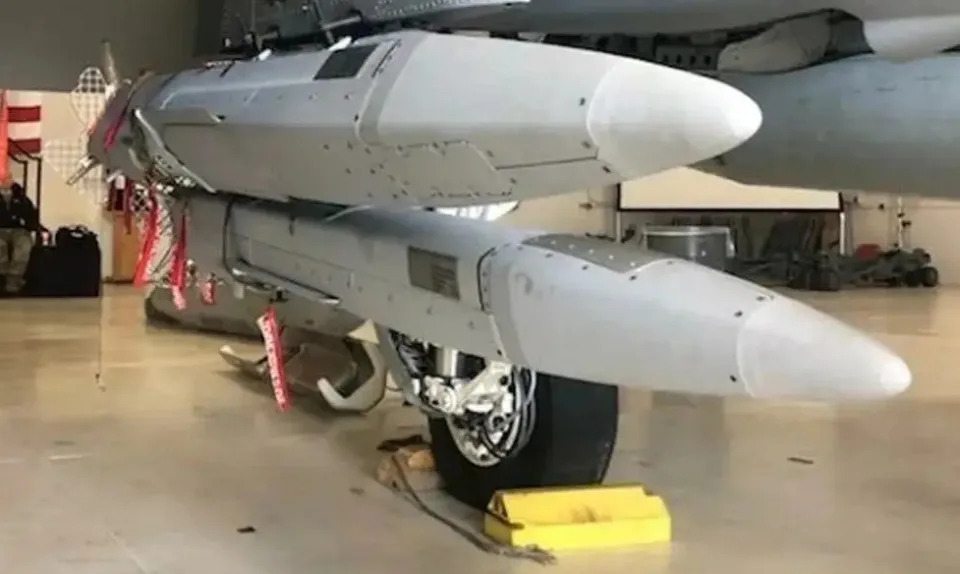AIR DECOY MISSIONS HELPS ELIMINATE UNLOVED A-10
Michael Peck
Wed, December 14, 2022

B-1Bs and A-10s over the Philippine Sea on November 9.
US Air Force/Capt. Coleen Berryhill
Since arriving in the 1970s, the A-10 has earned a reputation as a tank-killing ground-attack plane.
In recent exercises, the A-10 tried out a new role: deploying decoys to distract enemy air defenses.
The change comes as the US military is shifting its focus and forces to operations in the Pacific.
The A-10 Warthog has made its reputation as a tank-killer, but now the Air Force is testing 50-year-old plane for another mission: launching decoys to protect other aircraft.
During exercises in the Pacific in early November, A-10s were equipped with the ADM-160 Miniature Air Launched Decoy.
Described as a sort of cruise missile, the 8-foot-long MALD weighs less than 300 pounds and has a range of 500 miles. It is equipped with a Signature Augmentation System that mimics the radar signature and flight profiles of specific US aircraft. (The MALD-J variant has a jammer.)
The idea is to launch salvoes of MALDs ahead of a US airstrike to confuse the enemy about how many aircraft are coming and from where.
During Green Flag-West from November 2 to 9, a DATM-160 — a training version of the MALD — was loaded onto an A-10 on an island off the coast of Naval Air Station North Island in California.
Since arriving in the 1970s, the A-10 has earned a reputation as a tank-killing ground-attack plane.
In recent exercises, the A-10 tried out a new role: deploying decoys to distract enemy air defenses.
The change comes as the US military is shifting its focus and forces to operations in the Pacific.
The A-10 Warthog has made its reputation as a tank-killer, but now the Air Force is testing 50-year-old plane for another mission: launching decoys to protect other aircraft.
During exercises in the Pacific in early November, A-10s were equipped with the ADM-160 Miniature Air Launched Decoy.
Described as a sort of cruise missile, the 8-foot-long MALD weighs less than 300 pounds and has a range of 500 miles. It is equipped with a Signature Augmentation System that mimics the radar signature and flight profiles of specific US aircraft. (The MALD-J variant has a jammer.)
The idea is to launch salvoes of MALDs ahead of a US airstrike to confuse the enemy about how many aircraft are coming and from where.
During Green Flag-West from November 2 to 9, a DATM-160 — a training version of the MALD — was loaded onto an A-10 on an island off the coast of Naval Air Station North Island in California.

A US Air Force crew chief prepares to launch an A-10 for Green Flag-West in California on November 9.
US Air Force/Senior Airman Zachary Rufus
"The A-10 can carry up to 16 MALDs, the same quantity as the B-52, and 12 more than the F-16," according to an Air Force news release.
But interestingly, the MALD isn't being envisioned as a means to protect the A-10. Rather, the Warthog would use its decoys to support other aircraft, such as fifth-generation F-35s and F-22s or bombers.
During another exercise over the Philippine Sea on November 9, A-10 pilots simulated using MALDs in "an integrated strike mission simulation" with B1-B bombers.
"Having a combat-proven platform like the A-10 provide support through their MALD decoys increases the probability that our aircraft and weapons successfully strike their targets," Maj. Daniel Winningham, 37th Bomb Squadron B-1B instructor pilot, said in a release.
Maj. Taylor Raasch, an instructor with the Air Force 66th Weapons Squadron, which participated in Green Flag-West, said that the way the A-10 can "help support the fifth-generation fight in support of a pacing threat is provide the unique capability to carry a multitude of weapons and work in austere environments."
"The A-10 can carry up to 16 MALDs, the same quantity as the B-52, and 12 more than the F-16," according to an Air Force news release.
But interestingly, the MALD isn't being envisioned as a means to protect the A-10. Rather, the Warthog would use its decoys to support other aircraft, such as fifth-generation F-35s and F-22s or bombers.
During another exercise over the Philippine Sea on November 9, A-10 pilots simulated using MALDs in "an integrated strike mission simulation" with B1-B bombers.
"Having a combat-proven platform like the A-10 provide support through their MALD decoys increases the probability that our aircraft and weapons successfully strike their targets," Maj. Daniel Winningham, 37th Bomb Squadron B-1B instructor pilot, said in a release.
Maj. Taylor Raasch, an instructor with the Air Force 66th Weapons Squadron, which participated in Green Flag-West, said that the way the A-10 can "help support the fifth-generation fight in support of a pacing threat is provide the unique capability to carry a multitude of weapons and work in austere environments."
'How are we going to find the boats?'

An A-10 carrying a DATM-160 on California's San Clemente Island on November 7.
US Air Force/Senior Airman Zachary Rufus
While the MALD may be a useful way to protect US aircraft and drive enemy air-defense networks crazy, choosing the A-10 to haul decoys is curious.
The Warthog was designed in the 1970s as a ground-attack aircraft to smash Soviet armored columns invading Europe. That meant it needed a powerful 30-mm cannon and anti-tank missiles, as well as armor plating and a rugged design to survive thick Soviet air defenses — and even with that armament, Air Force planners expected heavy losses.
While the A-10 has respectable range — about 700 miles, which can be extended by aerial refueling — a longer-range decoy-laden aircraft, such as a cargo plane or a drone, might be more useful, especially across the vast Pacific.
Instead, the venerable A-10, which first flew in 1972, seems to be in search of a mission.
While the MALD may be a useful way to protect US aircraft and drive enemy air-defense networks crazy, choosing the A-10 to haul decoys is curious.
The Warthog was designed in the 1970s as a ground-attack aircraft to smash Soviet armored columns invading Europe. That meant it needed a powerful 30-mm cannon and anti-tank missiles, as well as armor plating and a rugged design to survive thick Soviet air defenses — and even with that armament, Air Force planners expected heavy losses.
While the A-10 has respectable range — about 700 miles, which can be extended by aerial refueling — a longer-range decoy-laden aircraft, such as a cargo plane or a drone, might be more useful, especially across the vast Pacific.
Instead, the venerable A-10, which first flew in 1972, seems to be in search of a mission.

US airmen load an ADM-160 MALD on an A-10 at a base in Wisconsin on March 1.
US Air National Guard/Tech. Sgt. Samara Taylor
For years, the Air Force has sought to scrap the Warthog, believing the aging plane might not survive against modern Russian and Chinese air defenses. And for years, the Warthog has kept flying, buoyed in part by a popular image as an aerial tough guy that can dish out punishment and take it, too. (Congress finally relented this month, allowing the Air Force to begin retiring A-10s in the coming year.)
As the US military pivots its focus to the Pacific, some argue that the A-10 would be useful in a war against China, especially if it were armed with long-range missiles.
The mission in support of the B-1B "was a fantastic way to demonstrate how the A-10 is capable of shifting from a close-air-support team mindset to a strike team. We are building on our old principles to transform into the A-10 community the joint force needs," Capt. Coleen Berryhill, an A-10 pilot, said in a release.
November's Green Flag-West exercise also marked a shift. Since 1981, the Air Force has used the exercise to train to provide air support to Army units. This time, the A-10s trained to support the US Navy, including as a ship-killer.
For years, the Air Force has sought to scrap the Warthog, believing the aging plane might not survive against modern Russian and Chinese air defenses. And for years, the Warthog has kept flying, buoyed in part by a popular image as an aerial tough guy that can dish out punishment and take it, too. (Congress finally relented this month, allowing the Air Force to begin retiring A-10s in the coming year.)
As the US military pivots its focus to the Pacific, some argue that the A-10 would be useful in a war against China, especially if it were armed with long-range missiles.
The mission in support of the B-1B "was a fantastic way to demonstrate how the A-10 is capable of shifting from a close-air-support team mindset to a strike team. We are building on our old principles to transform into the A-10 community the joint force needs," Capt. Coleen Berryhill, an A-10 pilot, said in a release.
November's Green Flag-West exercise also marked a shift. Since 1981, the Air Force has used the exercise to train to provide air support to Army units. This time, the A-10s trained to support the US Navy, including as a ship-killer.

US Air Force Capt. Coleen Berryhill flies near a formation of B1-Bs and A-10s over the Philippine Sea on November 9.
US Air Force/Capt. Coleen Berryhill
While the Warthog's cannon and missiles could pulverize most warships, maritime strike would be a new mission — and one that would be vital in a conflict with China.
"A concern we had in the planning phase of Green Flag was 'how are we going to find the boats?'" said Capt. Joseph Cole, assistant director of operations for the Air Force's 549th Combat Training Squadron. "We know we can kill them, but how can we find them and target them?"
The exercise also saw the A-10 operate from an "austere" island off the California coast, reflecting the Air Force's growing focus on using rugged or improvised airfields in the Pacific. But this also raises questions about supplying the A-10 with fuel, munitions, and especially maintenance in forward areas.
The A-10 was designed a half-century ago for an armor-focused conflict. Ironically, that sort of warfare is now taking place in Ukraine, but US officials have declined to send manned aircraft to Ukraine, and some Ukrainians have cast doubt on the Warthog's utility.
The US military's focus on the Pacific will only increase, but whether the A-10 has a role there remains to be seen.
Michael Peck is a defense writer whose work has appeared in Forbes, Defense News, Foreign Policy magazine, and other publications. He holds a master's in political science. Follow him on Twitter and LinkedIn.
While the Warthog's cannon and missiles could pulverize most warships, maritime strike would be a new mission — and one that would be vital in a conflict with China.
"A concern we had in the planning phase of Green Flag was 'how are we going to find the boats?'" said Capt. Joseph Cole, assistant director of operations for the Air Force's 549th Combat Training Squadron. "We know we can kill them, but how can we find them and target them?"
The exercise also saw the A-10 operate from an "austere" island off the California coast, reflecting the Air Force's growing focus on using rugged or improvised airfields in the Pacific. But this also raises questions about supplying the A-10 with fuel, munitions, and especially maintenance in forward areas.
The A-10 was designed a half-century ago for an armor-focused conflict. Ironically, that sort of warfare is now taking place in Ukraine, but US officials have declined to send manned aircraft to Ukraine, and some Ukrainians have cast doubt on the Warthog's utility.
The US military's focus on the Pacific will only increase, but whether the A-10 has a role there remains to be seen.
Michael Peck is a defense writer whose work has appeared in Forbes, Defense News, Foreign Policy magazine, and other publications. He holds a master's in political science. Follow him on Twitter and LinkedIn.
